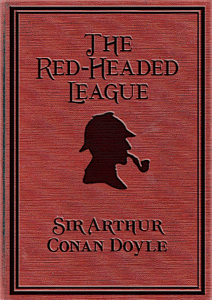A Year: Day to Day Men: 28th of December
Wearing White Attire
December 28, 1612 was the date of the first observation of the planet Neptune. Galileo observed and recorded it as a nearby “fixed star”.
Galileo was observing the four large moons of Jupiter — now named for him — in the years 1612 and 1613. Over several nights, he also recorded in his notebook the position of a nearby star that is not in any modern catalogues, University of Melbourne’s physicist David Jamieson explains.
“It has been known for several decades that this unknown star was actually the planet Neptune,” Jamieson said. “Computer simulations show the precision of his observations revealing that Neptune would have looked just like a faint star almost exactly where Galileo observed it.” But unlike stars, planets orbit the sun. So planets move through our sky different than the relatively fixed background of stars.
On the night of Jan. 28, 1613, Galileo wrote in his notebook that the star we now know is the planet Neptune appeared to have moved relative to an actual nearby star. There was also a mysterious unlabeled black dot in his earlier observations of Jan. 6, 1613, which is in the right position to be Neptune.
If the mysterious black dot on Jan. 6 was actually recorded on Jan. 28, Professor Jamieson proposed this would prove that Galileo believed he may have discovered a new planet. “I believe this dot could reveal he went back in his notes to record where he saw Neptune earlier when it was even closer to Jupiter but had not previously attracted his attention because of its unremarkable star-like appearance”.










































